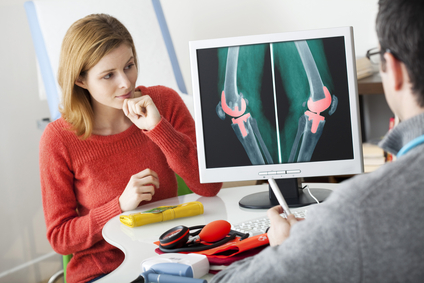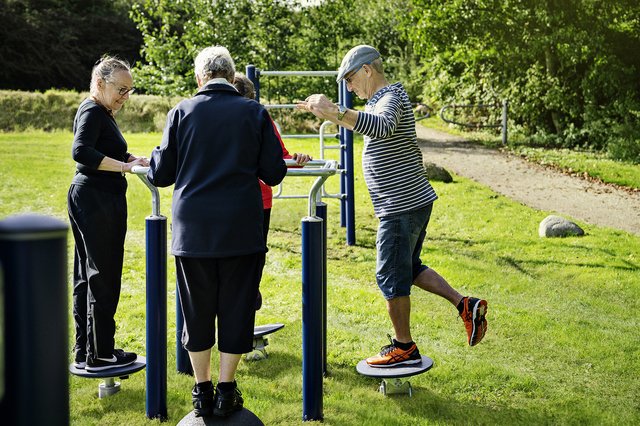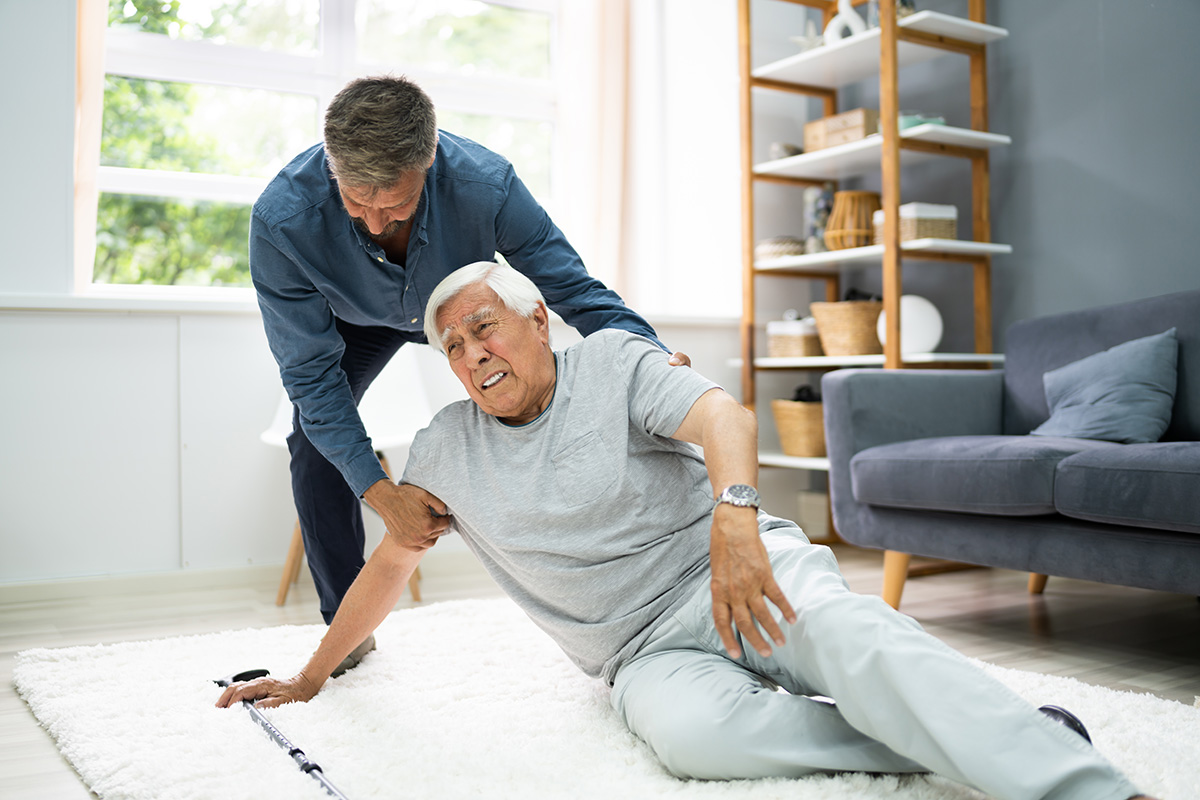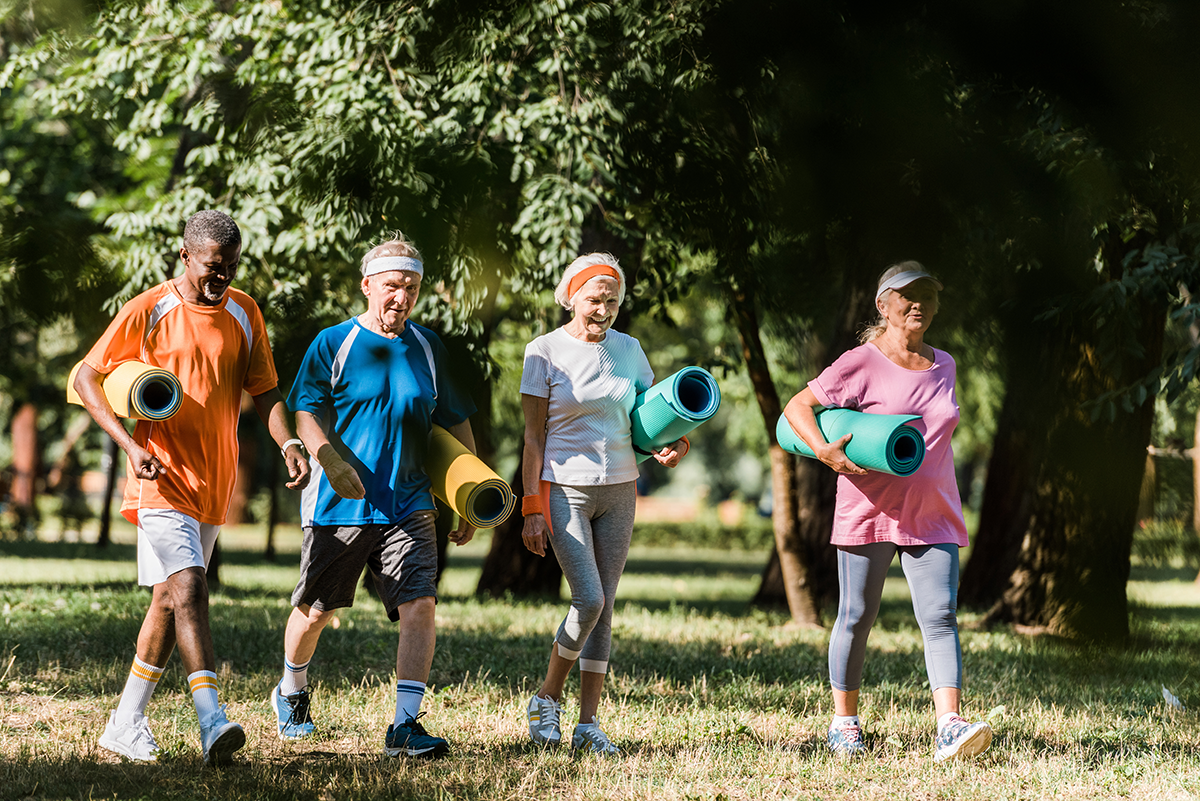Orthopedic Injuries: Prehab To Avoid Rehab
Orthopedic Injuries. Here’s one of mine. This picture is real. It was taken by my husband a few years ago. That’s me unable to lower my arm without passing out…
Lost your password? Please enter your email address. You will receive a link to create a new password.

Orthopedic Injuries. Here’s one of mine. This picture is real. It was taken by my husband a few years ago. That’s me unable to lower my arm without passing out…

The future will see an increased proportion of elderly people throughout all modern societies. It is estimated by the WHO (World Health Organization) that in the year 2050 there will be equally as many elderly people in the world as there are children (1). Not only will there be more elderly people but the perception of being old will also continue to change. Previously, age was seen as a natural weakness process and reduction in lifestyle options.

The primary reason we move to a long-term care facility is not an illness but dependence on others due to physical weakness. Deconditioned seniors have the greatest potential to improve functional strength. With practice, you can develop muscles to recover from a fall. Fear only increases our risk.

Imagine you fell. Take deep breaths. Do toes and fingers move? Where is the phone? If it’s not close, you roll, drag, crab walk or crawl. Once near a chair or low table:
Hopefully, you never fall, but practiced weekly, these exercises can improve strength and stamina for moving in bed, sitting up and life. Do these on your bed. Have a friend nearby. Start with one exercise 1-3 days a week for 1-3 weeks. Then add on. To gain more, try them under the weight of your covers. Listed in progression:
Do whatever you can. Many of us feel dizzy or have joint limitations that affect performance. The biggest mistake is to quit, because of temporary discomfort or lack of confidence. With consistent practice, discomfort typically lessens.
Another way to recover from a fall involves kneeling to a lunge position next to a chair. This works for able-bodied seniors. Find what is best for you. Every week, practice your weakest steps until you gain confidence.
As an ACE-certified Medical Exercise Specialist with decades of experience training fragile to fit seniors, Emma Spanda Johnson designs adaptive exercise programs, for clients of all abilities. She is a nationally certified personal trainer with an Orthopedic Specialty. Emma offers virtual training sessions, visit her MedFit Network profile for details.
References and Resources

Did you know that over 33 percent of people older than 65, fall each year? As people age, the risk of falling increases and so does the fear of having a fall-related accident. Part of that fear prevents many from engaging in physical activities. Rather than avoiding an active lifestyle, there are strategic, smart ways to stay active while decreasing your chances of falling. In this article, we’ll discuss a few fall prevention exercises that can strengthen your body, while improving your coordination and balance.